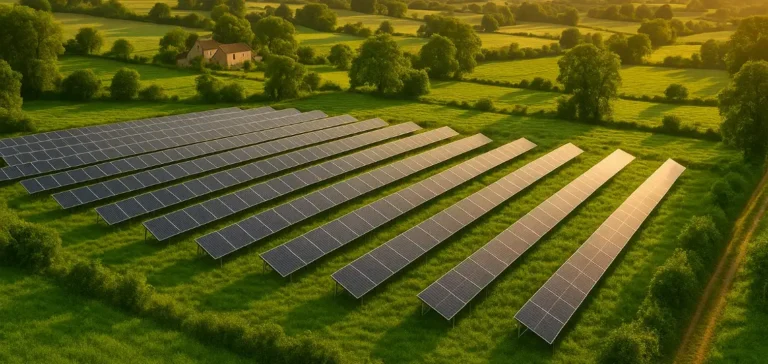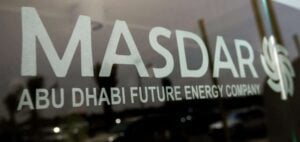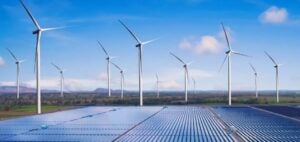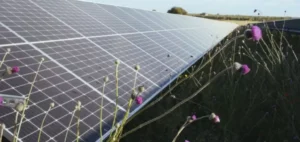The German solar market recorded a sharp decline in its economic value in May, with the average capture price dropping to EUR19.97/MWh ($22.82/MWh), according to data published on June 10 by S&P Global Commodity Insights. This marks the lowest level since May 2020, during the Covid-19 lockdown period.
The decline was caused by an increase in negative-price hours on the wholesale market, reaching a record 129 hours in May, after 75 hours were already registered in April. The solar capture rate, which measures the real economic value relative to the spot price, fell to 29.7%, the lowest on record. This trend reflects the impact of cannibalisation, intensified by a doubling of installed solar capacity in Germany since 2020, now exceeding 100 GW.
Combined pressure from solar and wind supply
With generation reaching 9.8 TWh, up 13% compared to the previous year, solar remained Germany’s main source of electricity in May. However, wind generation also increased by 26% year over year to 9.7 TWh, after several months of decline. Demand remained weak, further pressuring prices.
Despite falling values, renewables continued to benefit from support mechanisms under the EEG (Erneuerbare-Energien-Gesetz). Payouts to producers totalled EUR1.9bn ($2.1bn) in May due to the widening gap between market prices and guaranteed tariffs.
Sharp increase in EEG public funding
To balance the EEG account, the federal government injected an additional EUR1.6bn in May, bringing total subsidies since the beginning of the year to more than EUR5bn ($5.71bn). The cumulative EEG account shortfall in 2024 has risen above EUR18bn, compared with a EUR17bn estimate by grid operators for 2025.
Meanwhile, onshore and offshore wind capture values stood at EUR61.71/MWh and EUR63.38/MWh respectively, approximately 10% higher than in May 2024, but lower compared to previous months.
Reform planned for renewable support system
The German government plans to reform the EEG system, following a monitoring report on energy transition milestones described as a “reality check”. One of the near-term priorities is reducing the number of negative-price hours, with initial regulation already implemented for solar.
Platts, a division of S&P Global Commodity Insights, assessed daily solar capture prices in May ranging from -EUR64.40/MWh to EUR105.05/MWh for offshore wind.






















